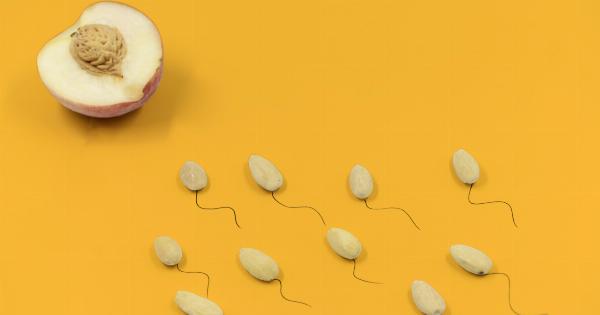Male infertility can be due to many factors, including genetics, lifestyle, exposure to toxins, and medical conditions. One of the less-known causes of male infertility is varicocele.
Varicocele is a condition in which the veins around the testes become enlarged and twisted, similar to varicose veins in the legs. Left untreated, varicocele can cause long-term damage to the testes, leading to reduced sperm count and quality, and ultimately, male infertility.
What Causes Varicoceles?
Varicoceles are most commonly found in men between the ages of 15 and 35, and they are more common on the left side of the scrotum.
The cause of varicoceles is not entirely clear, but it is thought to be due to problems with the valves in the veins, which regulate blood flow in the testicles. When the valves fail to work properly, blood can pool in the veins, causing them to enlarge and twist over time.
What Are the Symptoms?
Varicoceles can be asymptomatic, meaning many men might not know they have the condition until they are undergoing fertility testing.
However, some men may experience a dull ache or pain in the testicles, which may worsen over time, especially after standing or physical exertion. The testicles may also feel heavy or have a swollen appearance.
How Does Varicocele Affect Fertility?
Varicocele can cause long-term damage to the testicles, leading to reduced sperm count and quality, and ultimately, male infertility. This is because the veins surrounding the testicles are responsible for draining away excess heat.
When varicoceles form, the blood pools in the vein, causing the testicle to overheat. Over time, the heat can cause damage to the testicular tissue and reduce sperm production. In addition, the pooling of blood can cause toxins to build up in the testicle, further damaging the sperm.
Diagnosis
The diagnosis of varicocele is usually made during a physical examination. The doctor may ask the patient to stand up and perform a Valsalva maneuver, which involves holding the breath and pushing down, as if bearing down for a bowel movement.
This maneuver increases abdominal pressure and can help to identify varicoceles. In addition, ultrasound imaging can be used to confirm the diagnosis.
Treatment
The goal of treatment for varicocele is to reduce the backflow of blood and decrease the pressure within the varicocele. Treatment is usually recommended if the varicocele is causing pain, discomfort or fertility problems.
The two most common treatments for varicocele are surgery and embolization.
Surgery involves making a small incision in the abdomen or groin and tying off the affected veins to redirect blood flow. The procedure is usually done under general anesthesia and takes about an hour to complete.
Recovery time varies, but most men can return to normal activities within a week or two.
Embolization is a minimally invasive procedure that involves inserting a catheter through a small incision in the groin and using X-ray guidance to place a tiny coil or balloon in the affected vein, blocking the flow of blood.
Treatment usually takes less than an hour to complete and can be done on an outpatient basis. Recovery time is shorter than for surgery.
When to Seek Treatment for Varicoceles?
Men who are experiencing pain or discomfort in their testicles or who are having difficulty conceiving should seek medical evaluation.
Early diagnosis and treatment of varicoceles can help to prevent long-term damage to the testicles and improve the chances of successful fertility treatment.
Conclusion
Varicocele is a silent threat to male fertility. Without treatment, this condition can cause long-term damage to the testicles, leading to reduced sperm count and quality.
Fortunately, diagnosis and treatment are relatively straightforward and can help to prevent further damage. If you are experiencing symptoms of varicocele, or if you are having difficulty conceiving, talk to your doctor about evaluation and treatment options.






























